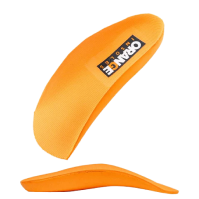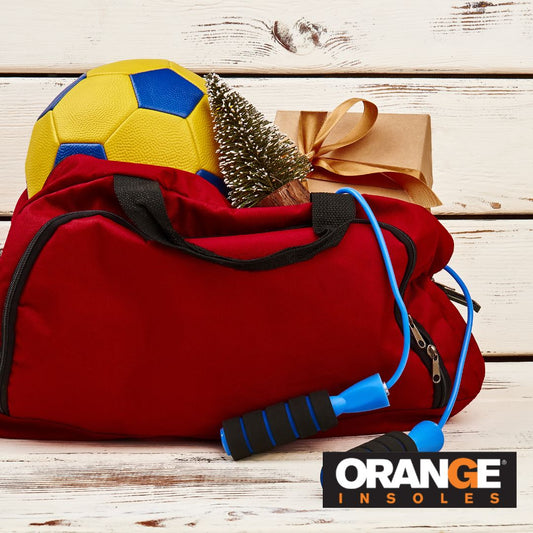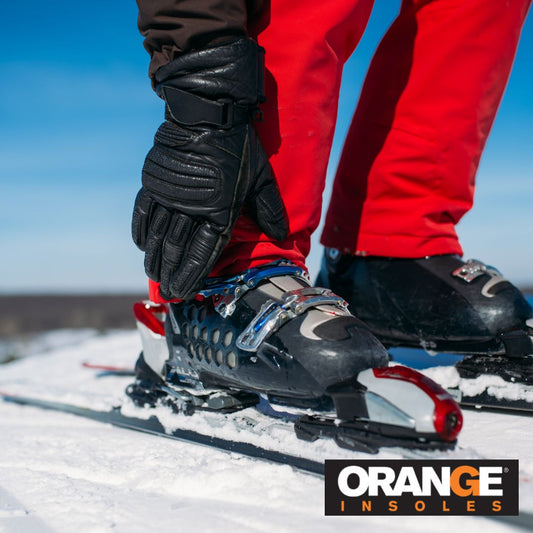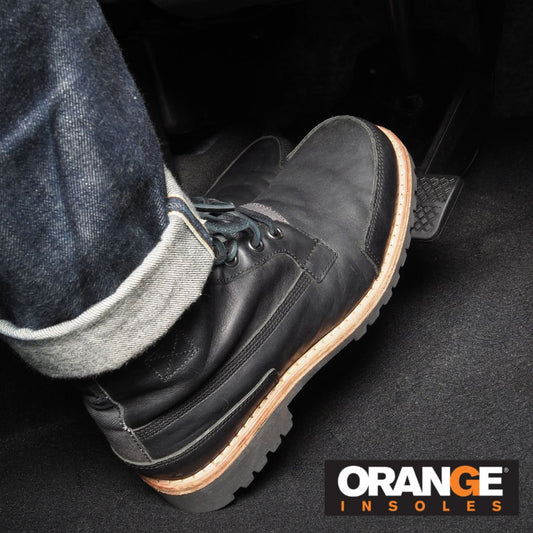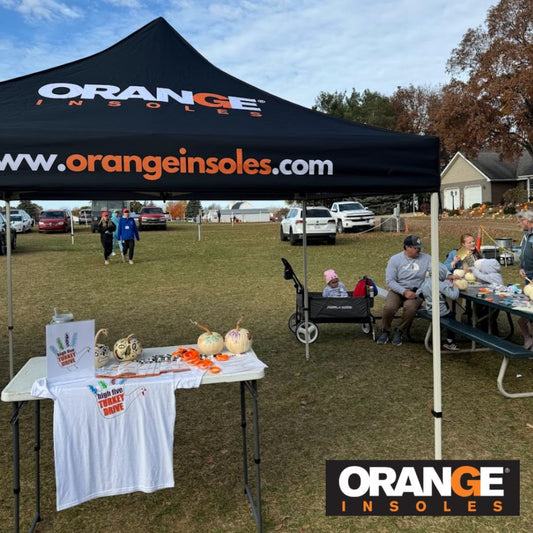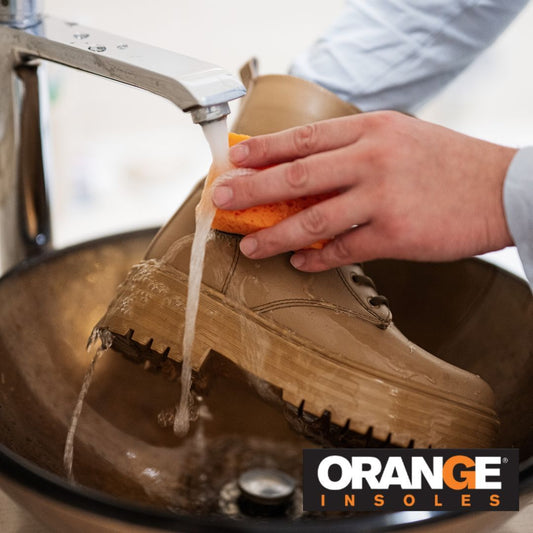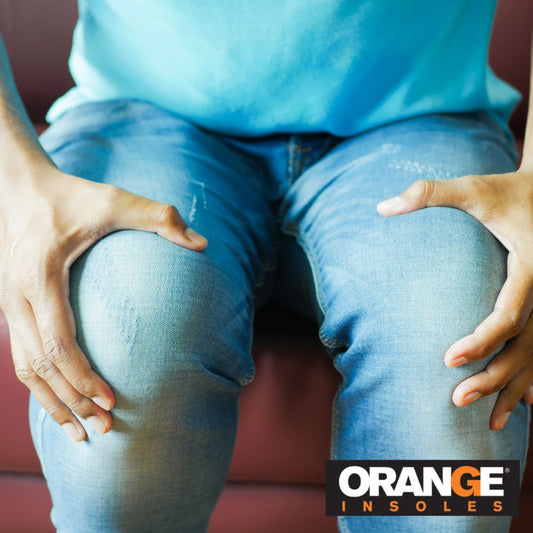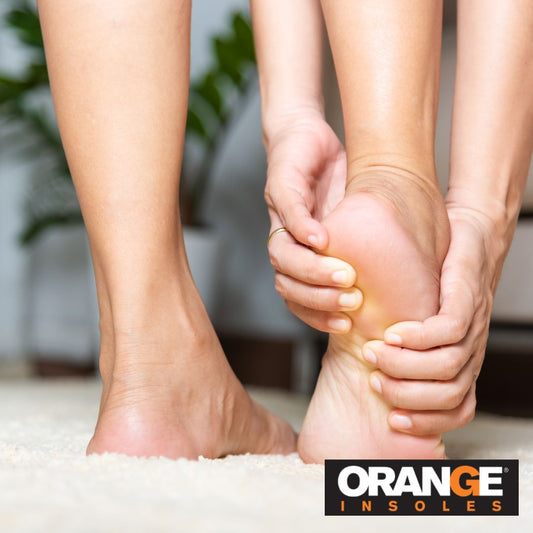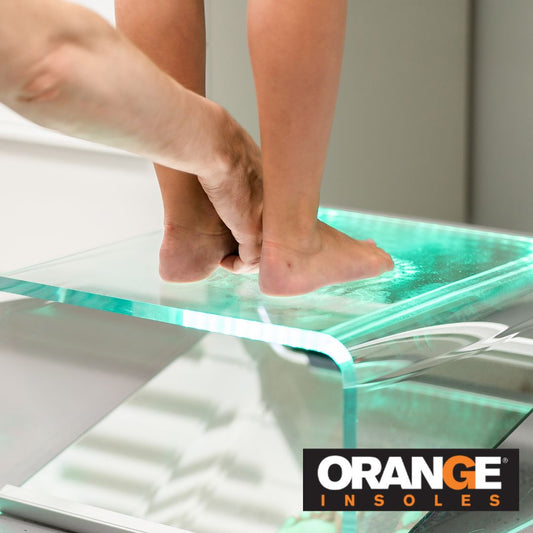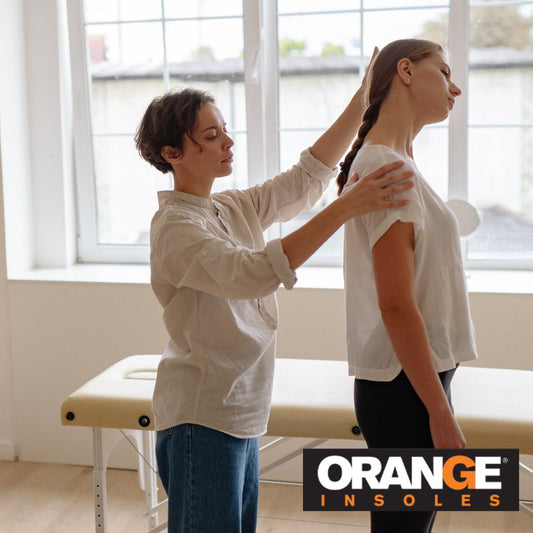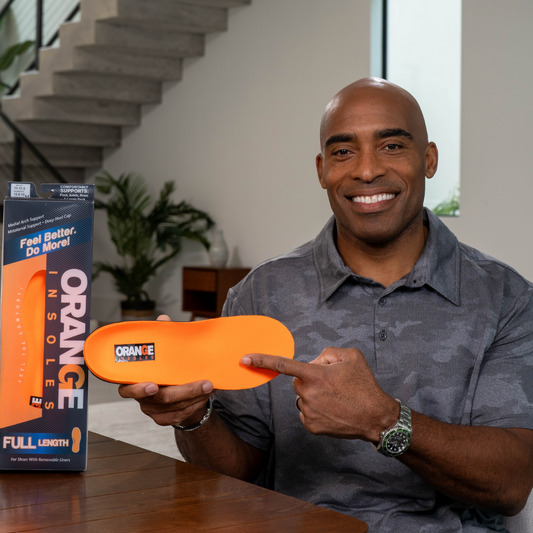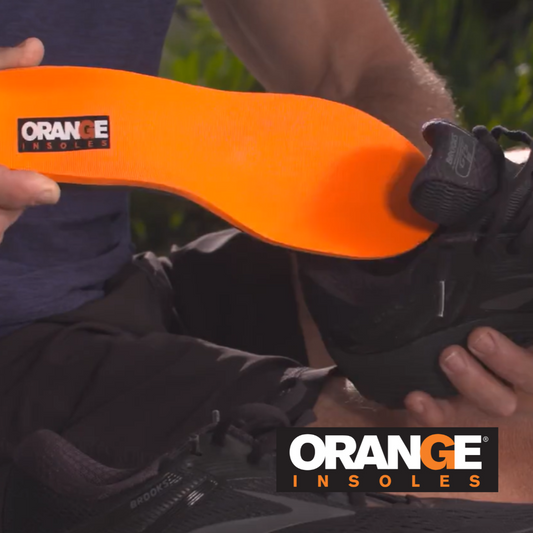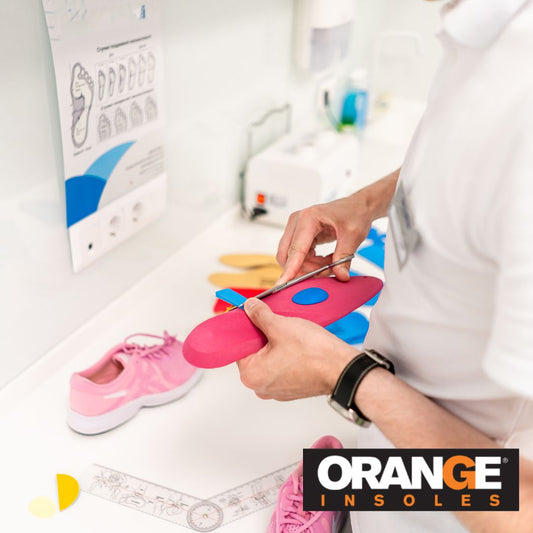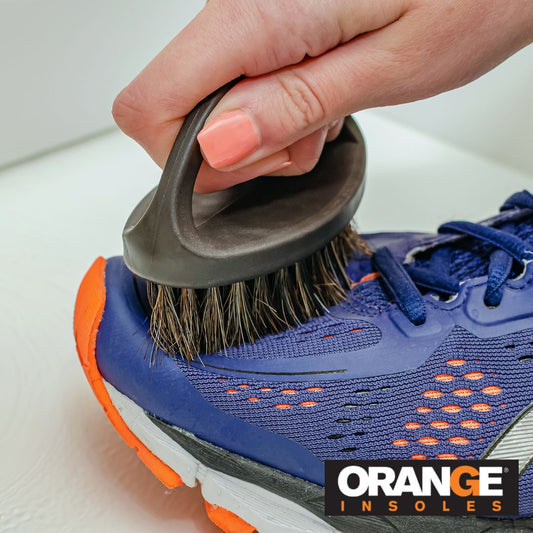Marathon runners or long-distance walkers are probably aware of the injuries they could sustain without proper training or support, but for those new to these sports, maybe someone getting ready to run their first marathon, the risk of a less common injury is high.
Peroneal Tendonitis is a condition that causes pain on the outside of the foot and up the outside of your lower leg when walking or running.
What is Peroneal Tendonitis?
This condition is a form of tendonitis that affects the foot and ankle. The peroneal tendons are located on the outside of the ankle just behind the bone called the fibula. Peroneal Tendonitis occurs when these tendons swell or enlarge from overuse, typically from a new exercise or markedly increased activity.
Symptoms of Peroneal Tendonitis
You don’t have to have a history of any specific injury for Peroneal Tendonitis to form. With this condition you may experience:
- Tenderness behind the ankle bone
- Swelling in the ankle area
- Pain when you first wake up
- Pain on the outside of the lower leg
- Pain when walking or running
- Pain when the ankle is rotated
- A warm sensation in the ankle area
- Ankle instability
Causes of Peroneal Tendonitis
Activities with repetitive overuse can cause Peroneal Tendonities. Activities like; running, dancing, skating, skiing, or anything that requires excessive ankle rotation.
- Repetitive running on sloped streets
- Repeatedly running long distances
- Tight calf muscles
- Recurring ankle sprains or injuries that weaken the ankles
- Improper training or inadequate warm up sessions
- Rapid increases in training
- Poorly fitting shoes
- High arches in the foot
Treatment of Peroneal Tendonitis
If not addressed right away, this condition could cause your tendon to tear, an ankle sprain, or chronic ankle instability issues. If you think you might have Peroneal Tendonitis, see your doctor for an accurate diagnosis.
You should also use the following treatments:
- Insoles or orthotics — You can start with over the counter insoles but if the pain does not subside, you may need to see your doctor about prescribed orthotics that will tilt the ankle to the opposite side
- Rest — Limit how much you’re walking or standing until pain subsides. This could take a few weeks
- Regular stretching of the ankle and calf area
- Physical Therapy
You can prevent this condition by making sure you’re regularly stretching your calf and ankle, wearing the right footwear, carefully increasing any weight bearing exercises, and support your gait and feet with insoles even when you’re not working out.


